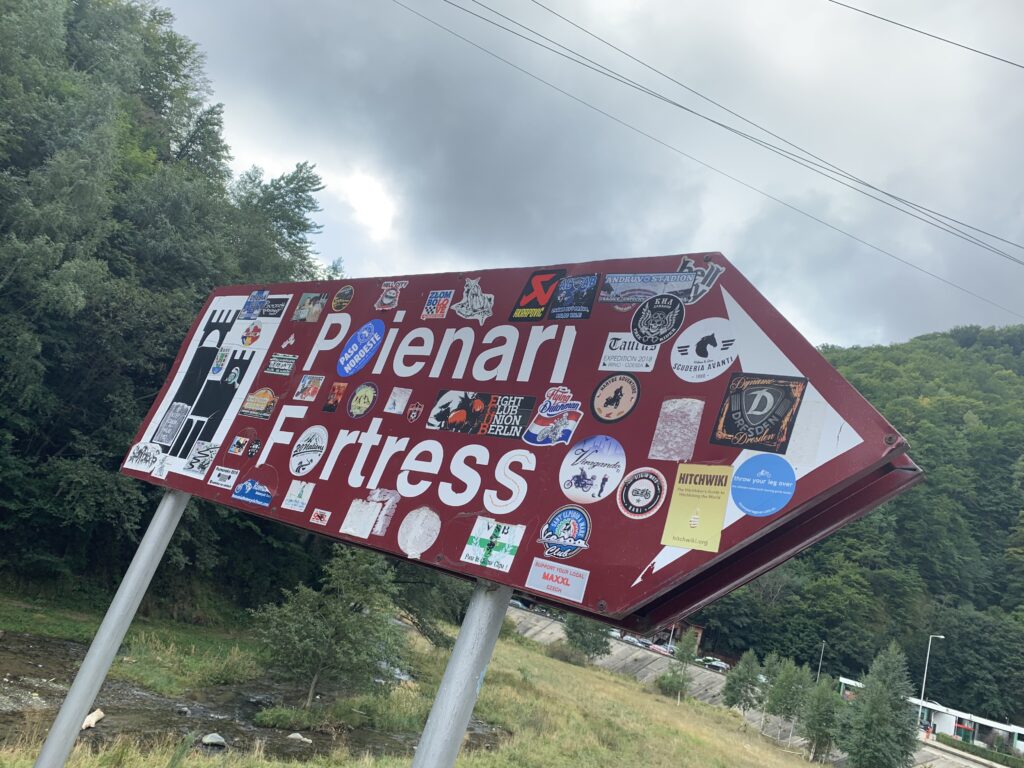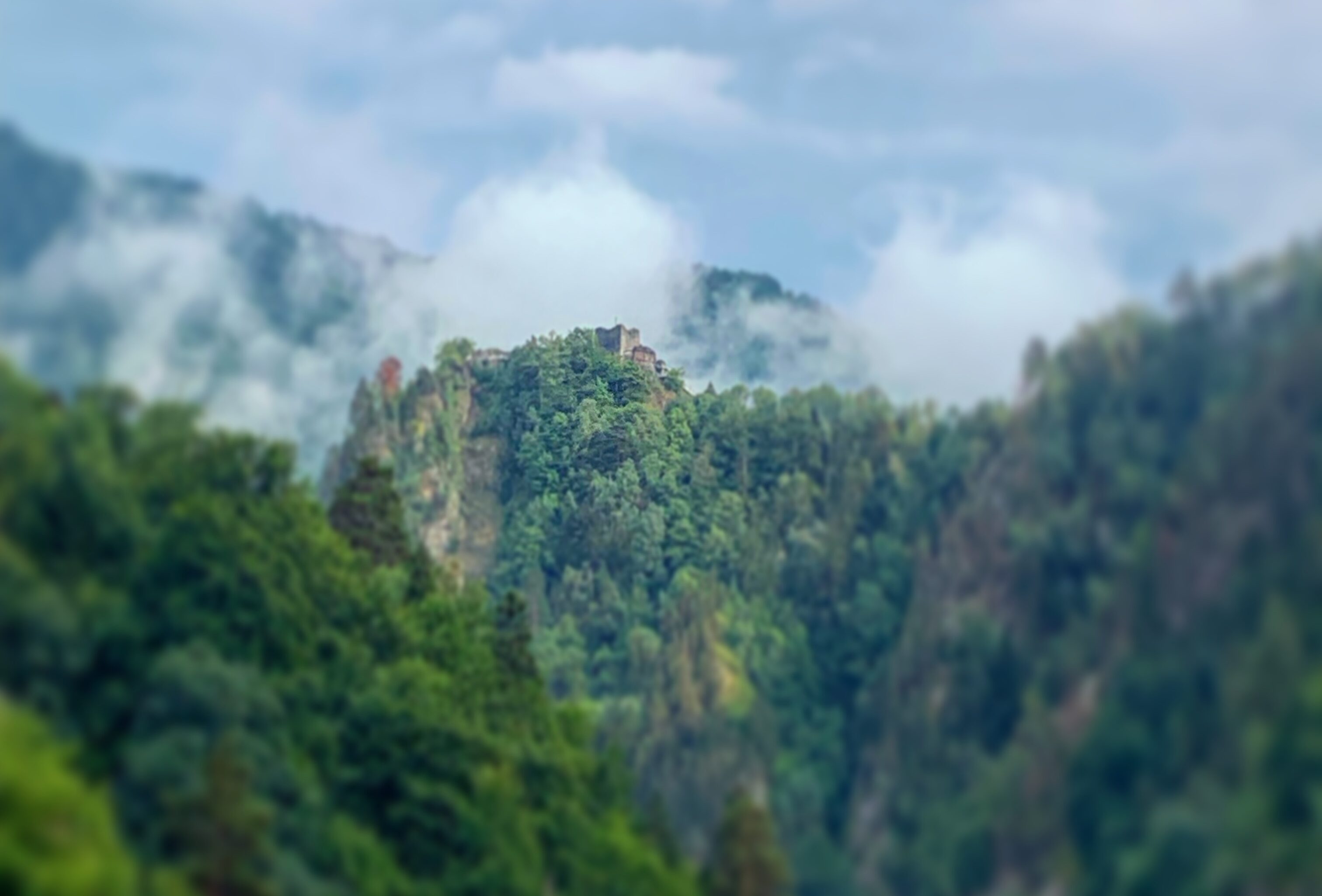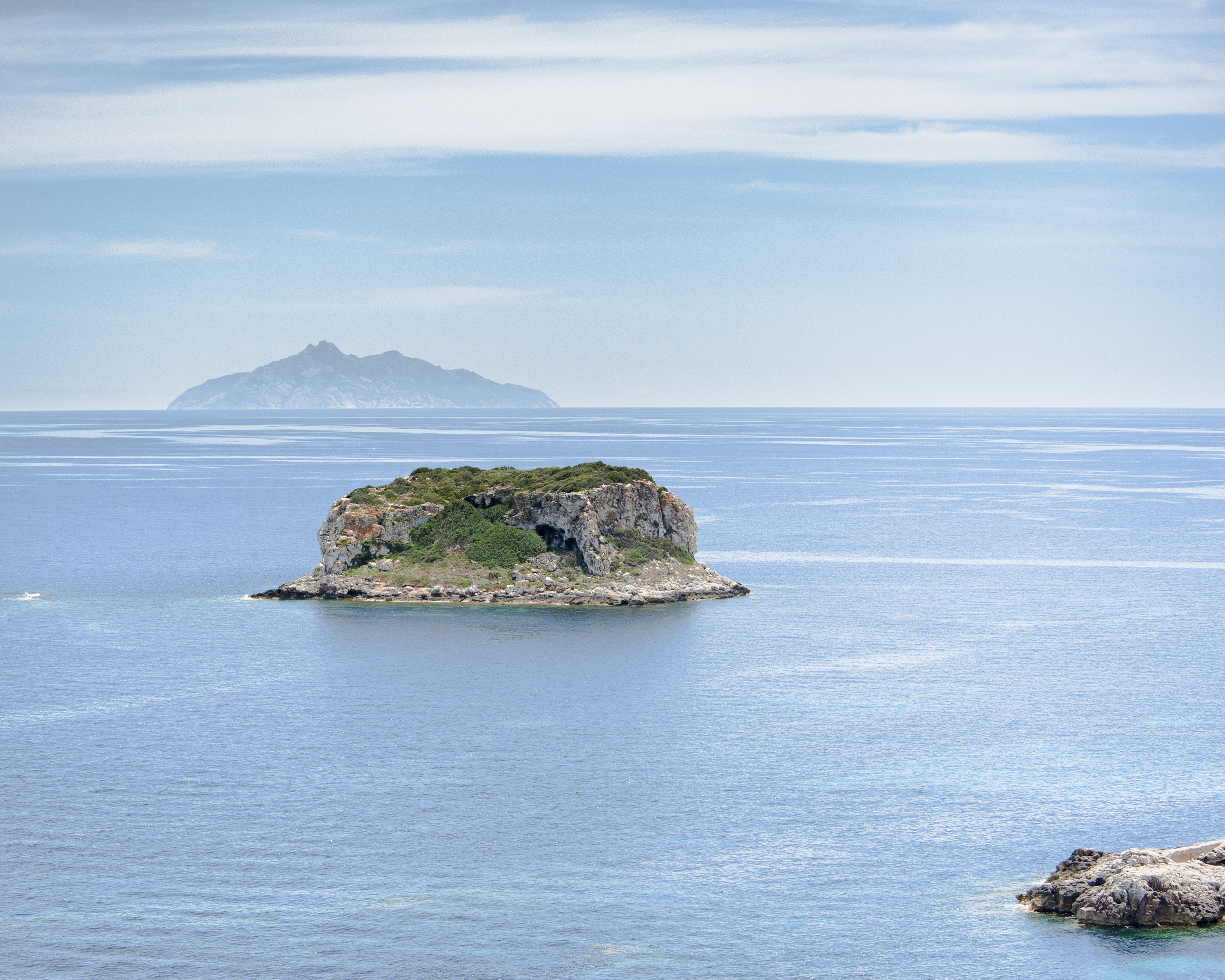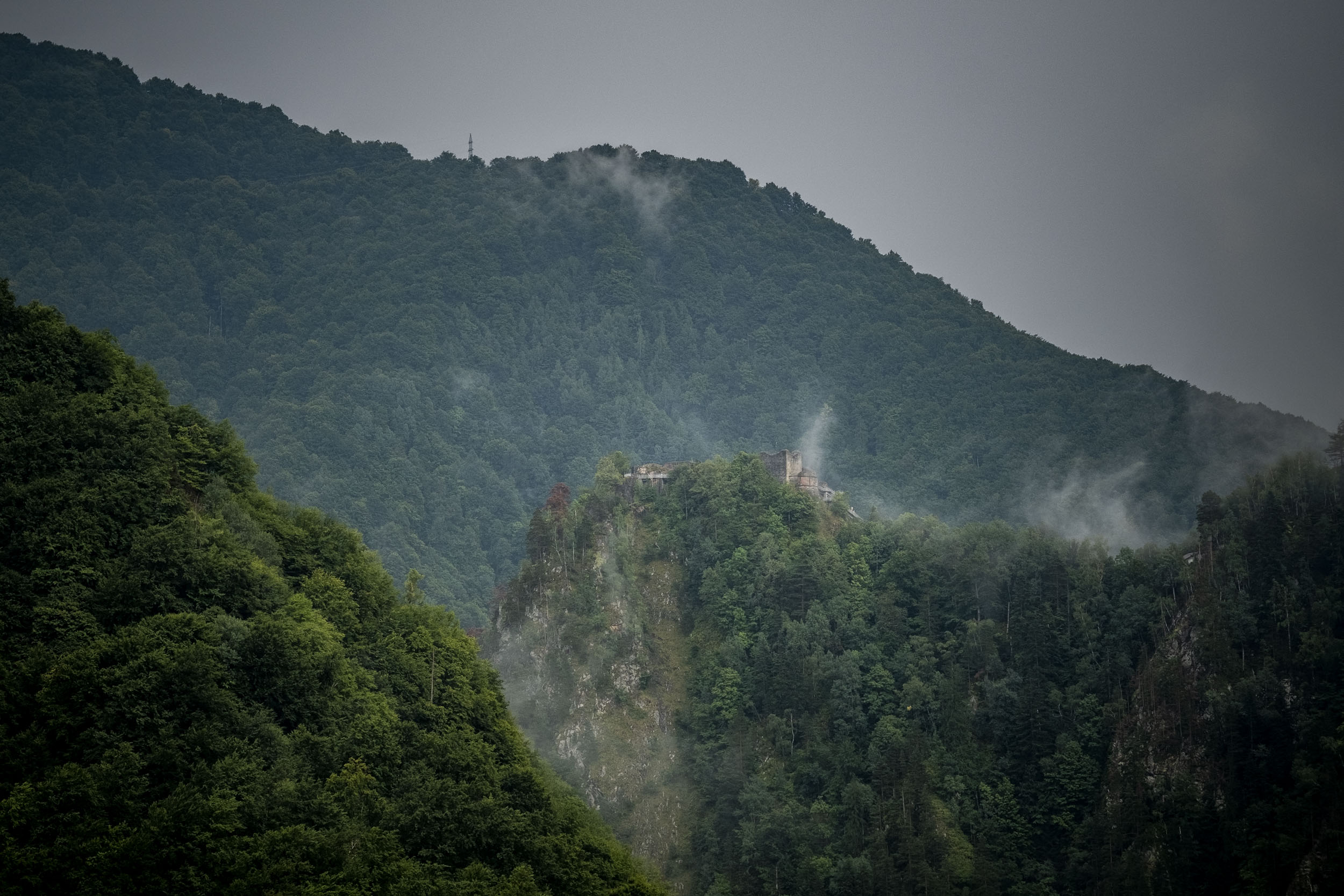
A TERRIFYINGLY GREAT TIME IN THE CARPATHIANS
Our trip to Romania was defined by unusually high temperatures, cobalt blue skies and stuffy mornings.
Curiously enough, the only foggy and leaden section of the Carpathians was near the Poenari Castle, the real residence of Vlad III of Wallachia, or Vlad Țepeș, the Impaler a.k.a. Count Dracula.
We were at the end of our holiday and I wanted to reserve the best for last.
Crowds usually flock to the area around Bran Castle, the only Romanian fortress that truly looks like something out of Bram Stoker’s Dracula.
However, I had opted to skip it, since although beautiful it did not fit my gothic fantasies of Transylvania, Wallachia, howling wolves and bloodthirsty bats.
In short, Bran Castle looks wonderful, but too colorful and glamorous for the home of a vampire: I wanted fog and decay!
And maybe I wasn’t all that wrong.
Of the whole holiday, the Arges river valley turned out to be the most exciting, as if the Prince of the Night had been watching us, ready to serve up a striking finale.
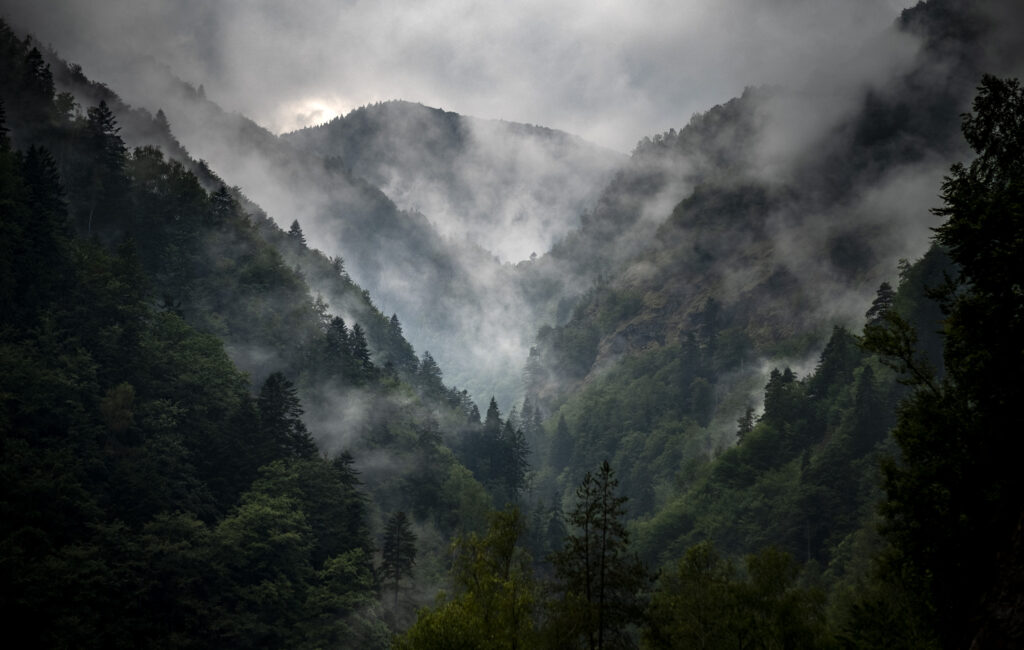
THE PRINCESS’ RIVER
We had been driving down beautiful winding roads through the forest, when a bend revealed a valley as magnificent as it was ghostly.
And there stood the Fortress in the mist, standing between woods and cliffs, inaccessible, ancient and majestic.
At the foot of the valley is a stream (a tributary of the imposing Arges) which, as the legend goes, holds the mortal remains of Vlad’s wife, who jumped into the abyss in 1462 to escape the enemy siege.
Since then, the river has been named Râul Doamnei: The Princess’ River.
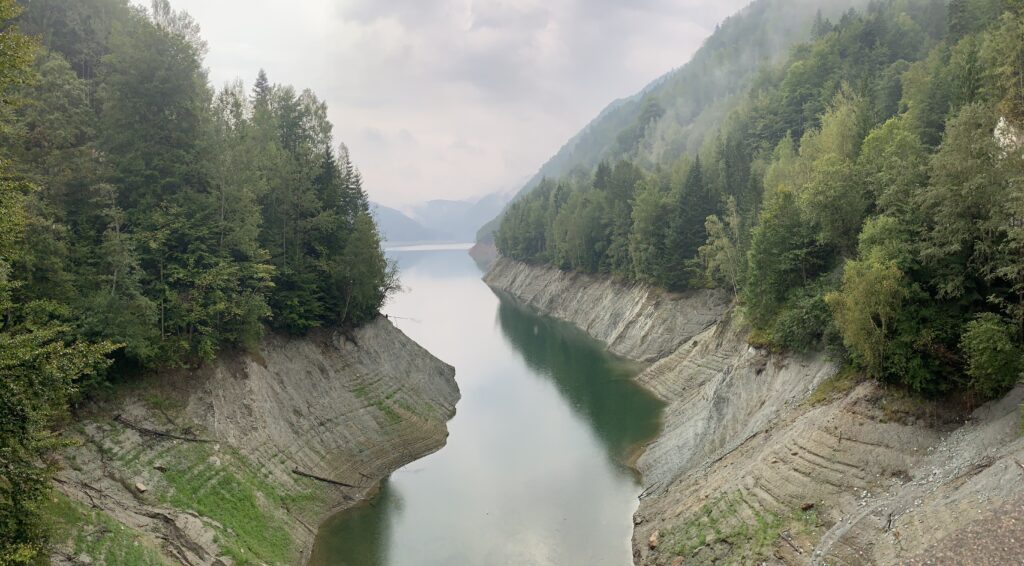
A STORMY ADOLESCENCE
Let’s quickly reconstruct the history of our dear damned prince.
According to tradition, Vlad III, Hagkyak of Wallachia, was born in Sighisoara on November 2nd, 1431. And here are my pseudo-intellectual speculations as gothic enthusiast: November the 2nd is not just the Christian Day of the Dead, but also, according to many pagan rites, the night when the dead come back from the grave to revisit their earthly abodes. You do the math.
But let’s get back to our little Vlad: he was the second of four brothers from a very noble family and loyal to the Order of the Dragon, a brotherhood founded by Emperor Sigismund to end the Hussite Heresy and try to contain the dangerous Ottoman Empire.
In his early years (apparently the only peaceful ones) Vlad was educated by the best tutors and learned several foreign languages, geography, science and the art of war.
But all the fun ended when he was barely eleven.
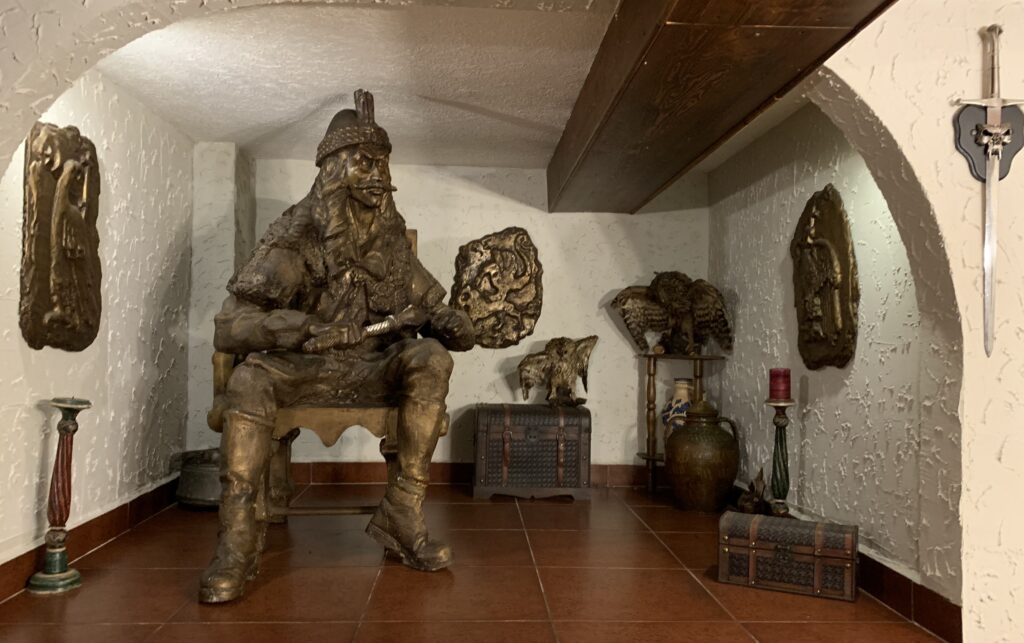
UNWELCOME GUESTS OF THE SULTAN
Vlad and one of his brothers were sent into the enemy’s jaws. They were entrusted to Ottoman Sultan Murad II, to ensure that Vlad the father would meekly support Ottoman politics, which went against the rules of his Order.
For six years, they were raised into the Muslim faith and increased their knowledge in the arts of war.
Later, the boys returned home just to find out that their father and older brother had been murdered by enemy houses eager to take over Wallachia.
In short, our Vlad may have grown up violent and bloodthirsty, but let’s say his adolescence was not exactly all peaches and cream.
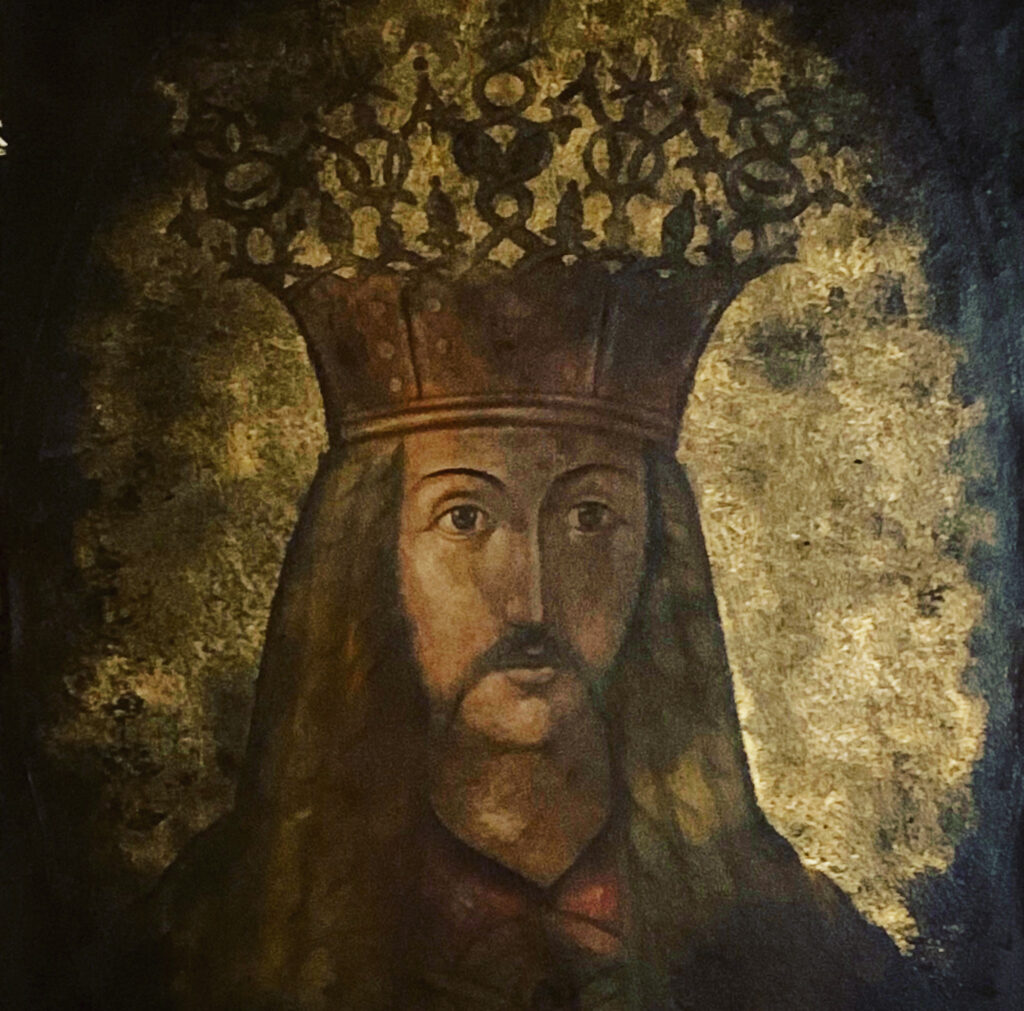
THE CURSED PRINCE AND HIS CASTLE
Years ago, in an article, I found one of the prince’s favorite phrases: There is no control without terror.
We could say democracy was not really a top priority. Despite that, according to popular tradition, he was considered a staunch defender of Romania against foreign invaders.
During those crazy and violent years, our “cursed hero” lived in his favorite residence: the Poenari Fortress, a ruined castle that had been abandoned for decades.
It was in 1462 that his wife plunged from its lofty walls, while Vlad escaped across the mountains aided by the locals.
After the prince died in 1476, the castle was abandoned and fell into centuries of decay.
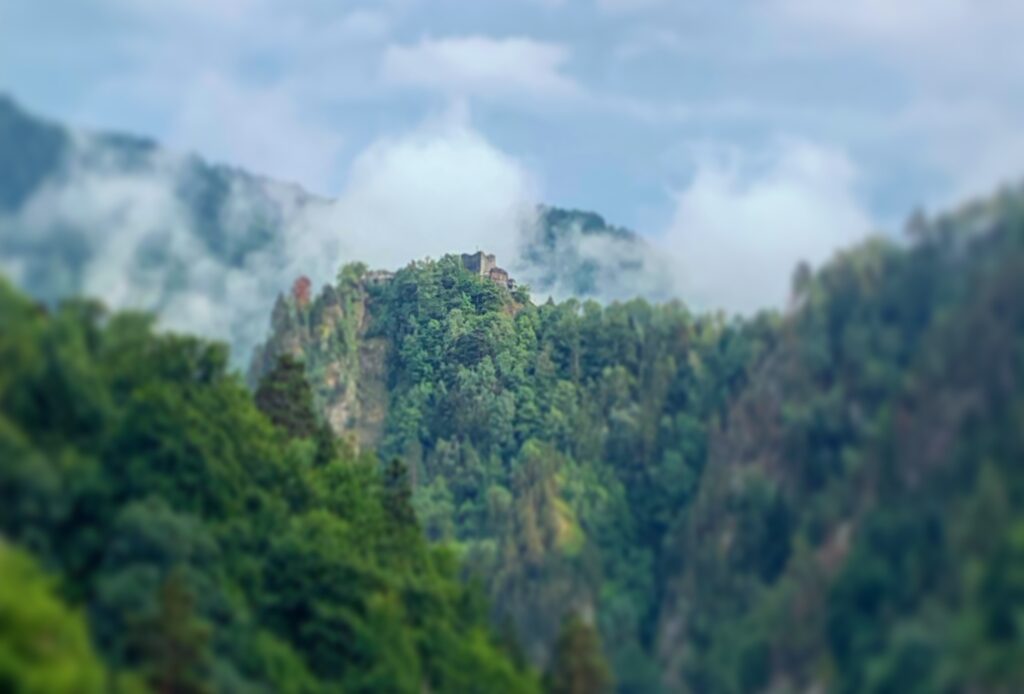
UNATTAINABLE RESIDENCE
And there we were, ordinary mortals fascinated by the Dark side of the Force, climbing the 1,480 steps to the fortress. A long misty staircase guarded by the bears who live in the shade of the forests, like silent guardians.
To tell the truth, I stayed at the base, looking up. My bird’s eye view of the valley was only possible thanks to our inseparable drone.
My heart couldn’t take such an effort, but I can accept that: some places should remain isolated, almost pristine, their mystery and inviolability preserved.
Getting there and not crossing the large walls of the fortress was a small defeat, but the thrill of breathing in the air of such places and feeling their timeless soul stirred something primitive within me: the romantic and perhaps misguided fantasy that behind the bloodthirsty Dracula was a tormented man deeply in love.
